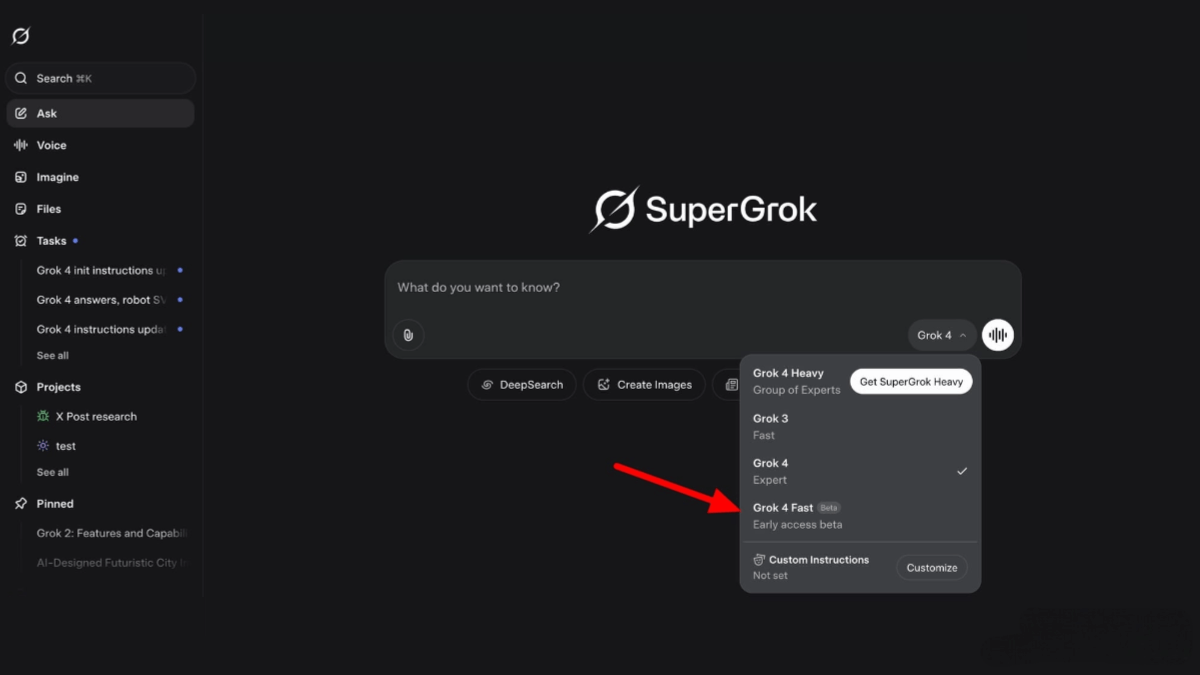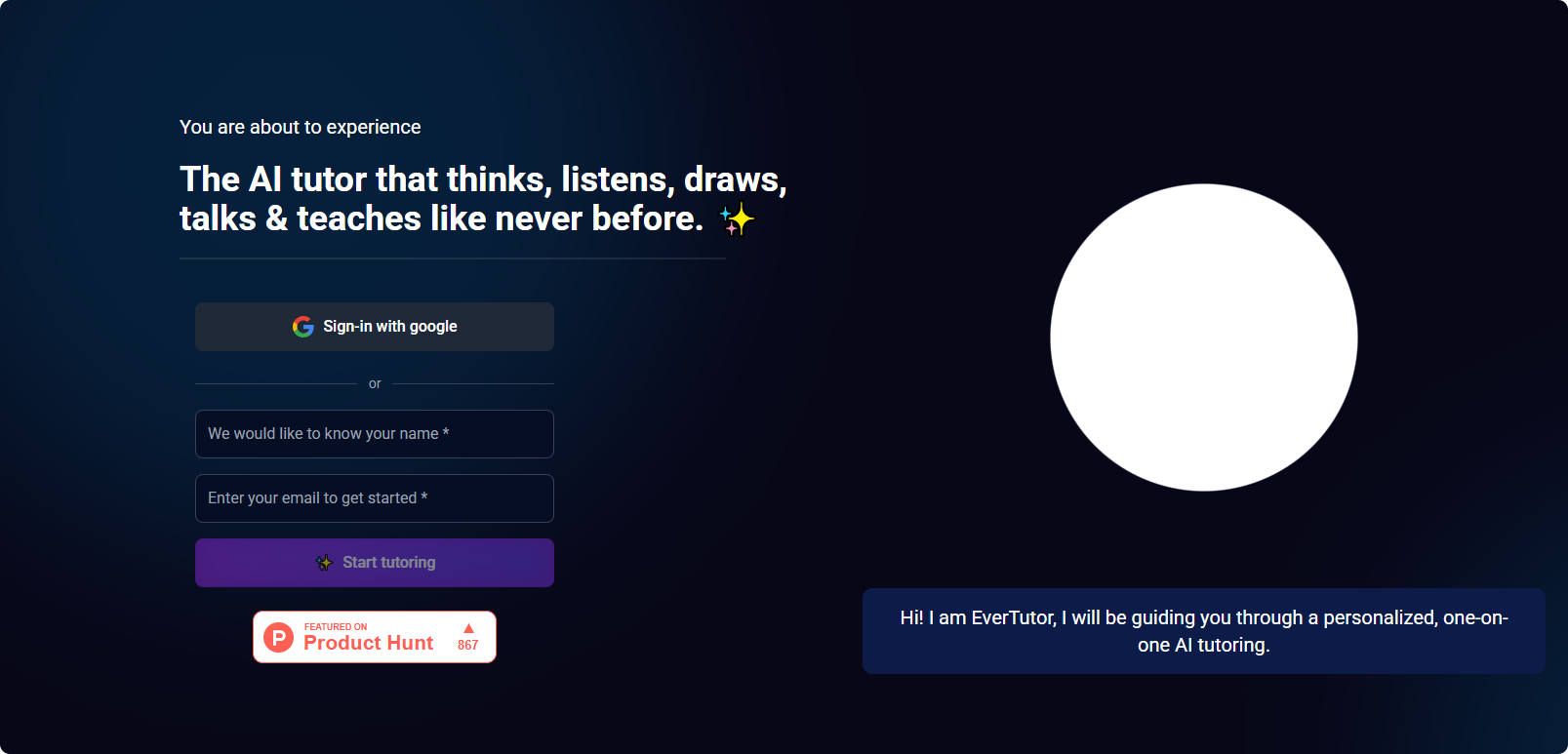OpenAI’s “Identifying and Scaling AI Use Cases” aims to swiftly assist enterprises in identifying practical AI application scenarios and guide them in gradually scaling up implementation, thereby achieving clear commercial value and competitive advantages.

Identifying and Scaling AI Use Cases
1. Introduction
In just two years, 39% of U.S. adults have used AI—nearly double the adoption rate of the internet over the same period (20%). Companies that lead in AI adoption are experiencing 1.5x faster revenue growth, 1.6x higher shareholder returns, and 1.4x greater return on invested capital. Yet, only 1% of companies believe their AI investments are fully mature.
According to McKinsey, 92% of companies plan to increase AI investments, but many lack a clear framework to realize business value. This guide is designed to help organizations identify and scale AI use cases that deliver tangible commercial value.
2. Three Steps to Identify AI Opportunities
Step 1: Pinpoint Areas Where AI Can Drive Improvements
Start by focusing on three key areas:
-
Repetitive, Low-Value Tasks
Examples include summarizing meeting notes, analyzing data trends, generating routine documents, etc. -
Skill Bottlenecks
AI can help employees quickly scale their skillsets and reduce delays caused by cross-departmental collaboration. -
Ambiguous or Unstructured Tasks
AI can assist with creative ideation, trend analysis, and suggesting next steps in unclear contexts.
Step 2: Teach Employees the Core AI Use Cases
Based on analysis of over 600 real-world use cases, six fundamental AI use cases have been identified:
-
Content Creation
Drafting documents, marketing copy, product descriptions, email campaigns, and more. -
Research & Analysis
Conducting competitor research, market analysis, financial benchmarking, etc. -
Coding & Software Development
Assisting software engineers with debugging, code generation, and cross-language code translation. -
Data Analysis
Extracting insights from trend data, CRM datasets, financial reports, and more. -
Creativity & Strategy
Brainstorming ideas, developing go-to-market strategies, planning product launches, etc. -
Automation
Automating repetitive and routine tasks, such as weekly report generation.
Step 3: Gather and Prioritize Use Cases
Use an Impact vs. Effort Matrix to prioritize AI projects:
-
High ROI:
High-impact, low-effort projects that are quick wins. -
Self-Serve:
Small-scale projects that individuals can implement quickly. -
High Value, High Effort:
Strategically important projects requiring significant resources. -
Low Impact, Low Effort:
Lower priority—can be deferred or deprioritized.
3. Implementation Recommendations and Action Plan
-
Encourage teams to list tasks that could benefit from AI assistance.
-
Host AI hackathons and use-case workshops to promote adoption and innovation.
-
Create internal channels (e.g., Slack, Excel repositories) to share AI use cases, and continuously update and evaluate their value.
Access the full guide:
cdn.openai.com/business-guides-and-resources/identifying-and-scaling-ai-use-cases.pdf
Related Posts




